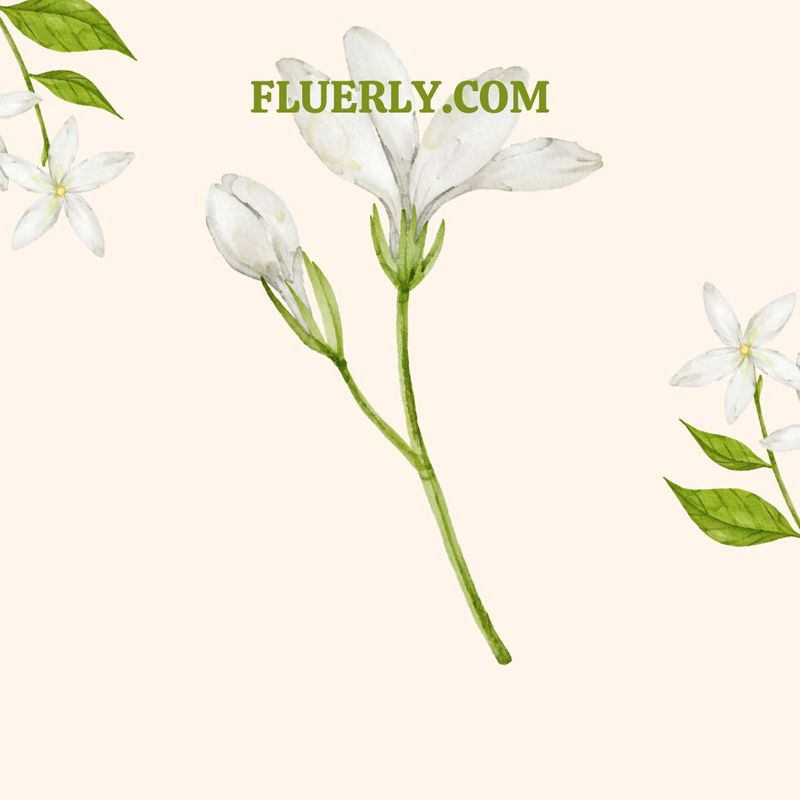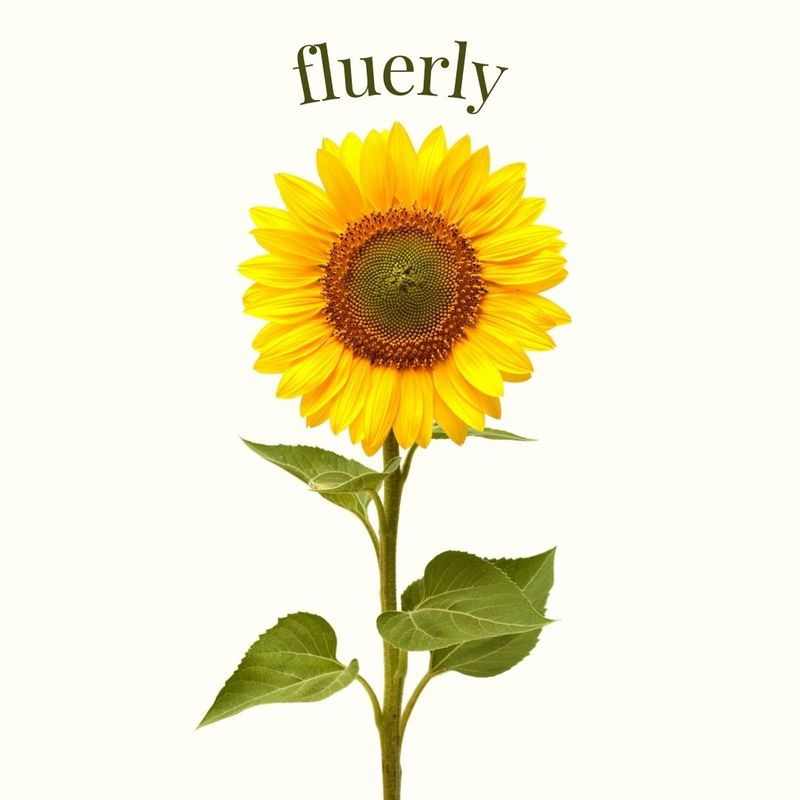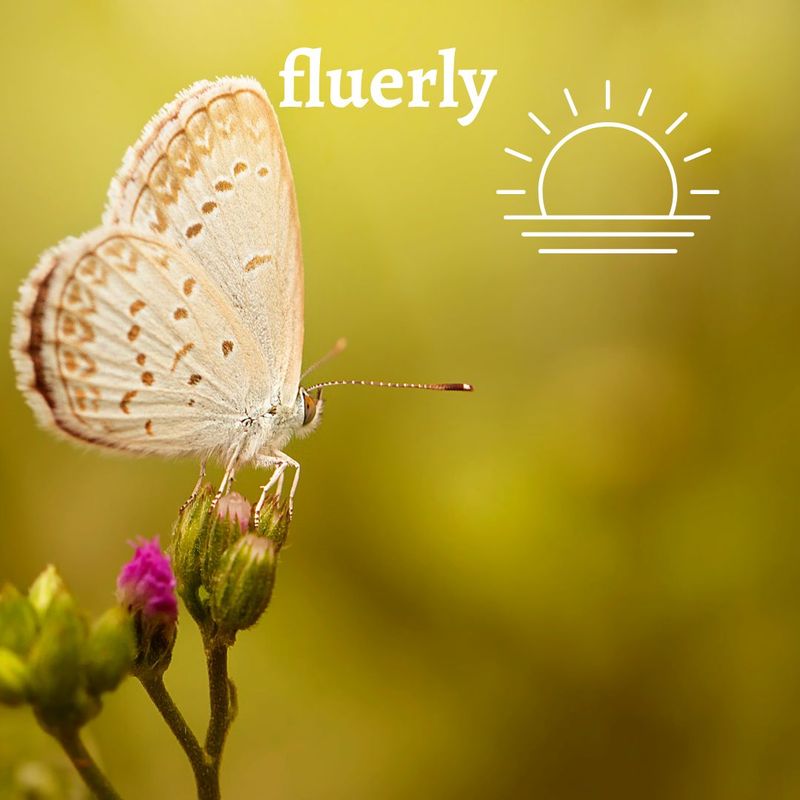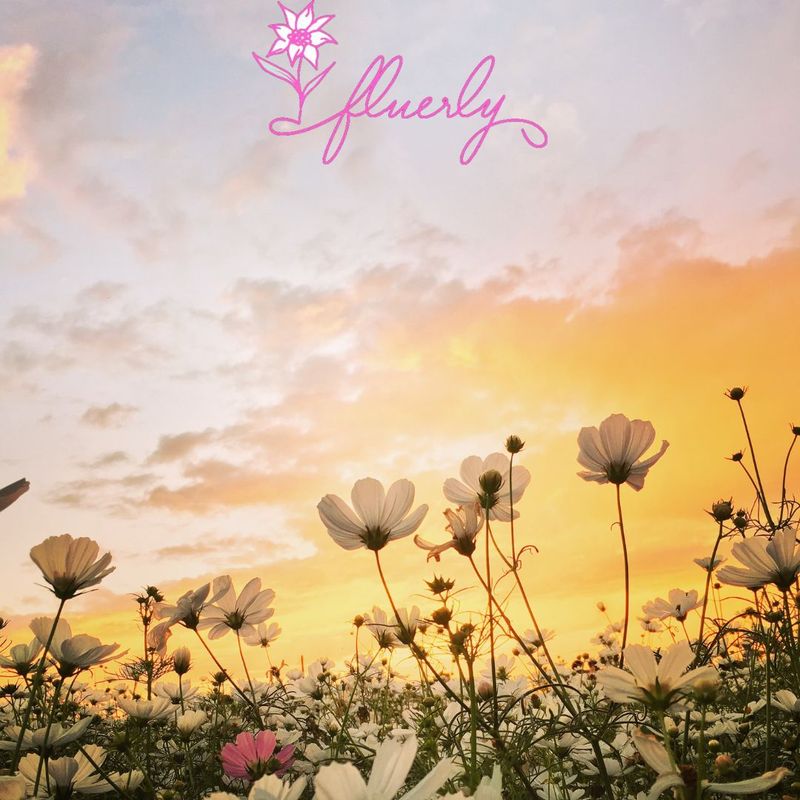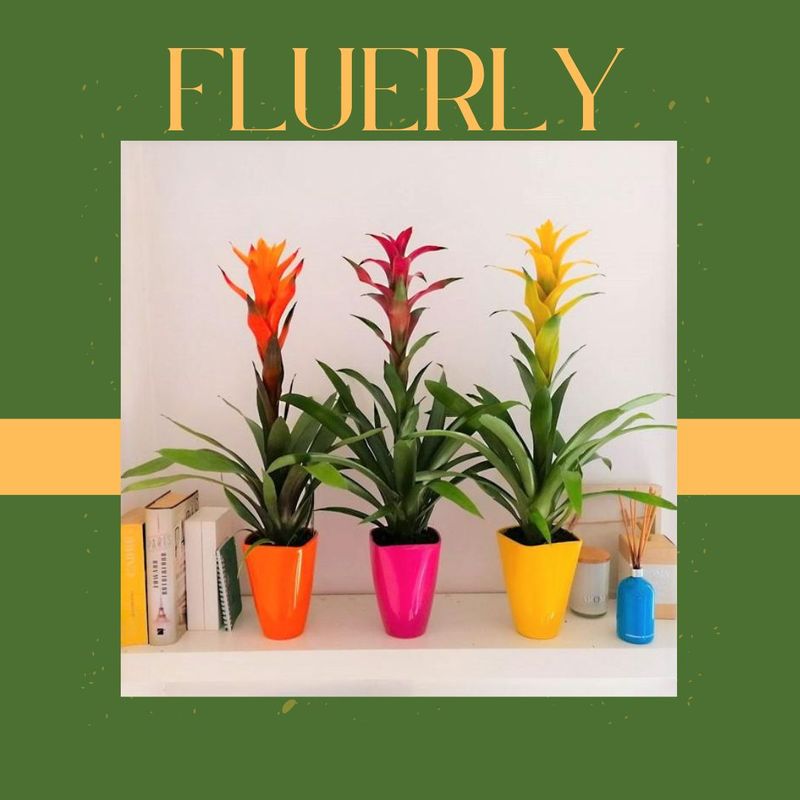There are more than 200 species of jasmine plant, each with its unique scent. Some varieties smell like fresh-cut flowers, while others have an earthier aroma reminiscent of wet soil after rain.
Jasmines have been used in various cultures for a very long time, with different meanings attached to the flowers depending on where you live. This article will also look at the symbolic meaning of the jasmine flower across different cultures worldwide and different types of Jasmine flowers. Keep reading the article below to know more about Jasmine flowers.
Common Species of Jasmine
Arabian Jasmine
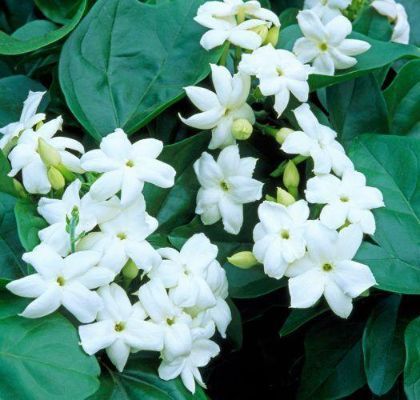
Arabian jasmine flowers are a species of jasmine native to the Arabian Peninsula. It is an evergreen vine with fragrant white flowers and grows vigorously in dry conditions.
Arabian jasmine can be grown in the ground or in pots, where it will climb up walls and fences. It tolerates full sun or partial shade and is drought-tolerant once established; however, young plants may need watering during dry spells if you live in an area with less than 15 inches of annual rainfall.
Night-Blooming Jasmine
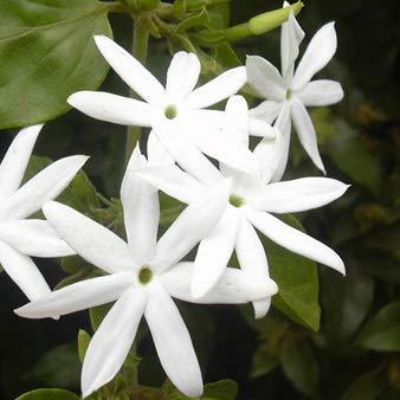
Night-blooming jasmine is a night-flowering plant. It has fragrant, white flowers that open at night and close during the day. The flowers are usually about 1 inch long.

This plant is native to tropical Asia, southern China, and the Philippines. It's grown as an ornamental plant in gardens because of its fragrant white flowers and grows well in containers. Night-blooming jasmine is also used for cut flowers by florists who want to grow them indoors during colder weather or when they can't be shipped outside their location during winter. Its strong scent makes it popular for use in perfumes as well.
Summer-Flowering Jasmine
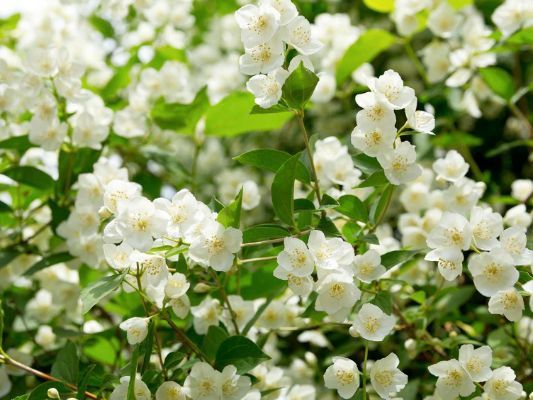
The summer-flowering jasmine is a species of jasmine that blooms in the summer. It's native to China and Japan and can also be grown as a houseplant. The flowers are white or pale pink.
Royal Jasmine
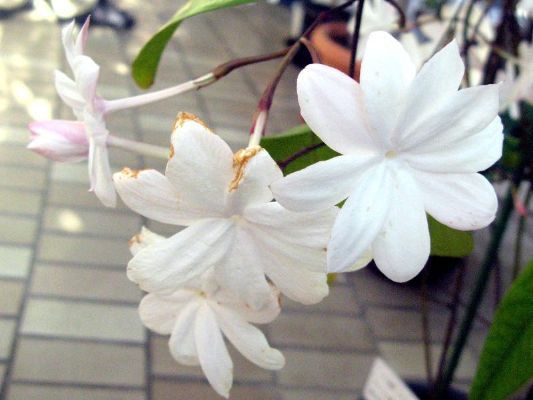
Royal jasmine is a fragrant flower with delicate petals that can reach up to about 12 inches in length. This variety originates from China and has been cultivated for its flowers since ancient times. Royal jasmine plants have intensely sweet scents, which makes them popular among gardeners who enjoy keeping fragrant plants around the home.
Royal jasmine flowers are often used in cooking because of their strong flavor and aroma; they can be infused into tea or ground into powder for use on cakes, pastries, and other baked items.
Jasmine Clotted Cream

Jasmine Clotted Cream is a fragrant variety that bears white flowers with a slight yellow tinge. The double blooms are very large, and each flower lasts 3 or 4 days.
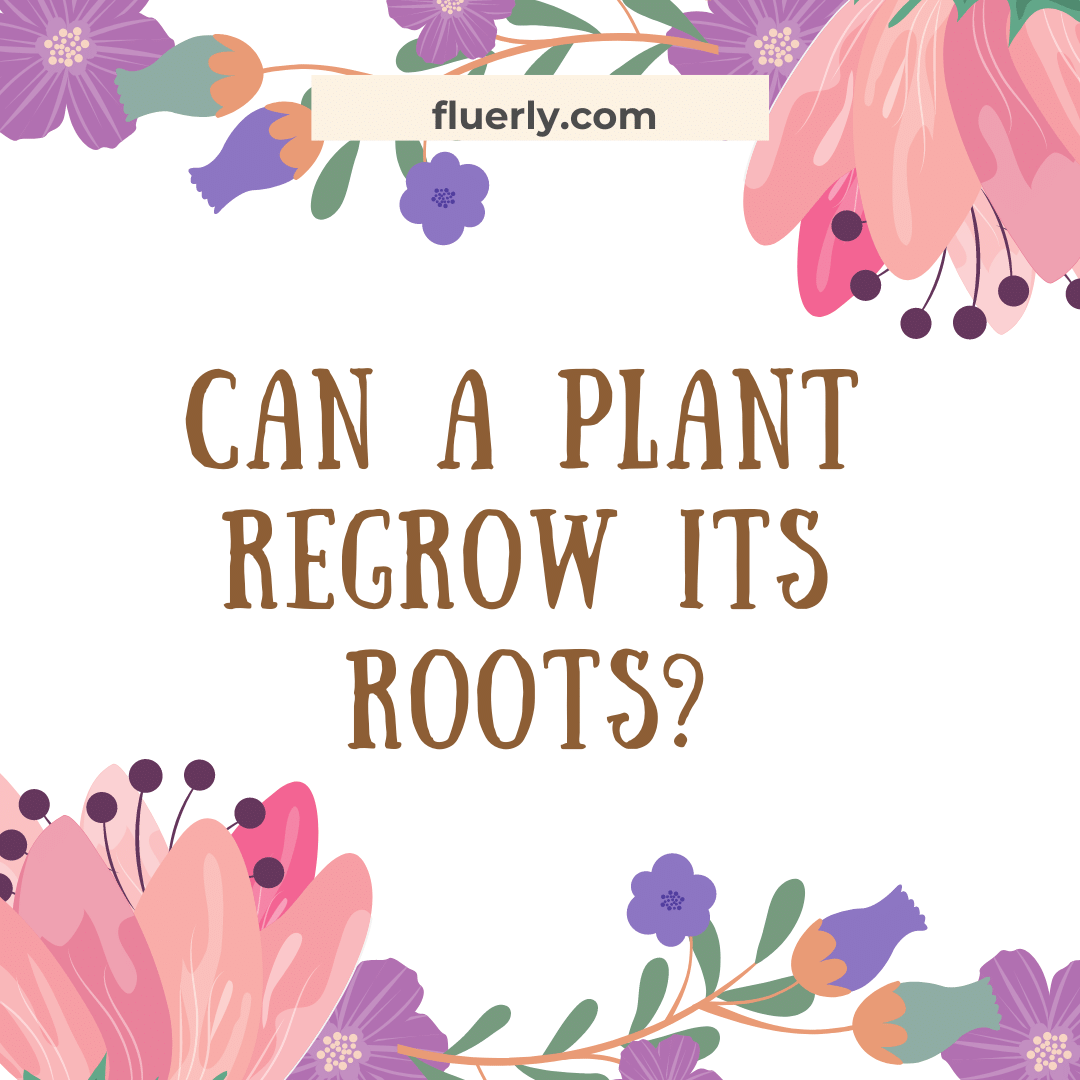
Jasmine Sambac
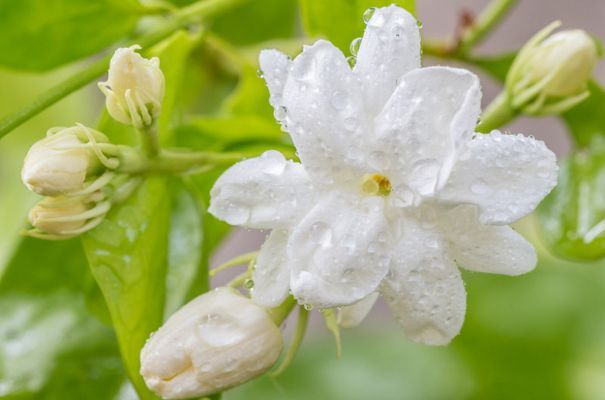
Jasminum Sambac has very fragrant white flowers and blooms year-round. The jasmine flower is a member of the Oleaceae family, including olive trees and lilacs. The star-shaped flowers come from small buds that open around midday and close at night, giving off their scent in the evening before bedtime.
Jasminum polyanthum
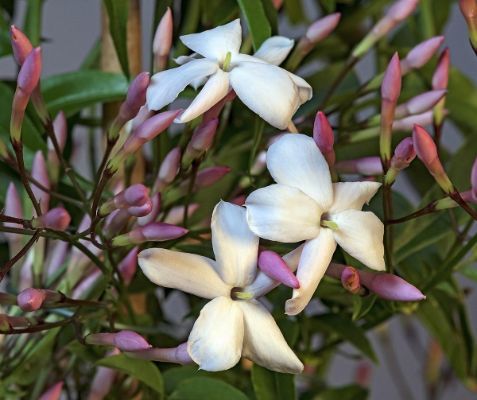
Jasminum polyanthum bears small white flowers that release their scent at night, and it is a good choice to plant outdoors.
How to Grow and Care for Jasmine Flowers?
If You Want to Grow Jasmine Indoors, Choose a Warm Spot with Good Light
If you're using a pot or container, keep it in direct sunlight for as much time in the day as possible. The plant will thrive best if it gets a minimum of six hours of direct sunlight each day and can also benefit from an additional hour or two at night—but don't leave the plant in constant sunlight, as this may cause overheating and sunburned flowers.
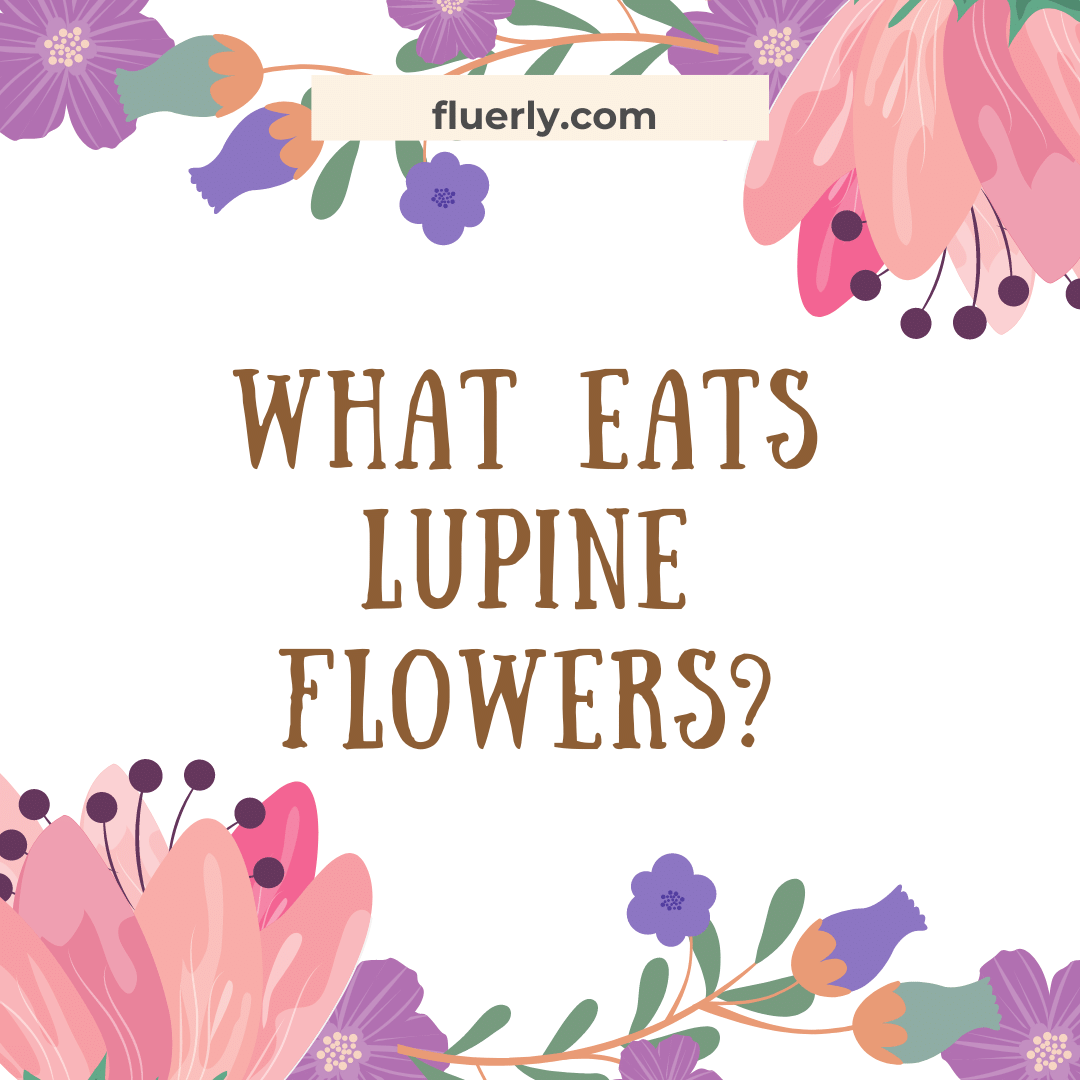
Jasmine Needs Bright Light to Bloom Well and Promote Healthy Growth
It needs light to bloom well. But too much direct sunlight can burn the leaves; morning sun or filtered afternoon light is best.
Be Sure to Protect Your Plant If Temperatures Drop Below 40 Degrees Fahrenheit
Jasmine is a tropical plant, so it will not tolerate freezing temperatures. If you need to bring your jasmine inside for the winter, place it in a bright room with good air circulation.
Jasmine Needs Neutral Soil That Remains Moist During the Growing Season and Drier During Winter Dormancy
The soil for planting jasmine flowers should be slightly acidic, well-drained, and not allowed to dry out. Potting soil or cactus mix can be used for growing jasmine indoors as long as you keep it moist with frequent watering (every couple of days), but avoid overwatering as this may cause root rot. Also, visit our blog to learn more about how often to water a sunflower.
Water Your Jasmine Regularly
Water your jasmine regularly when it's in bloom, letting the top inch of soil dry out between watering. Stop watering altogether after its fall blooming cycle ends and resume monthly feedings in early spring before new growth emerges.
In a hot, humid climate, water your jasmine once every two weeks during summer and once every four weeks when temperatures are cooler.

Meanings Associated with Jasmine Flowers
- Jasmine flowers are popular in many cultures and have been used for centuries to symbolize different things across the globe.
- In India, jasmine flowers symbolize love, romance, wealth, and spirituality. In many Western cultures, such as Europe and America, jasmine is associated with love due to its beauty which can make anyone fall in love with someone else when they smell it around them!
- The jasmine flower represents wealth and prosperity in the cultures of China and Japan.
- Jasmine flowers are often used in weddings as they symbolize purity and innocence.
- In Asia, jasmine flowers are given to people at the time of death to express condolences.
Jasmine represents wealth and courage in Persia (Iran) and other countries in the Middle East.
The lifeSpan of Jasmine Flower
The life of a jasmine flower is one day. After the flower opens, it dies. The plant can live for several years if well-cared for, but most jasmine plants are evergreen and don't die off in winter, so you may not notice when the flowers are dead.
Final Words
Jasmine flowers are lovely. They smell wonderful and look beautiful. Getting some of these flowers for yourself or someone you love is worth it!
Related:


